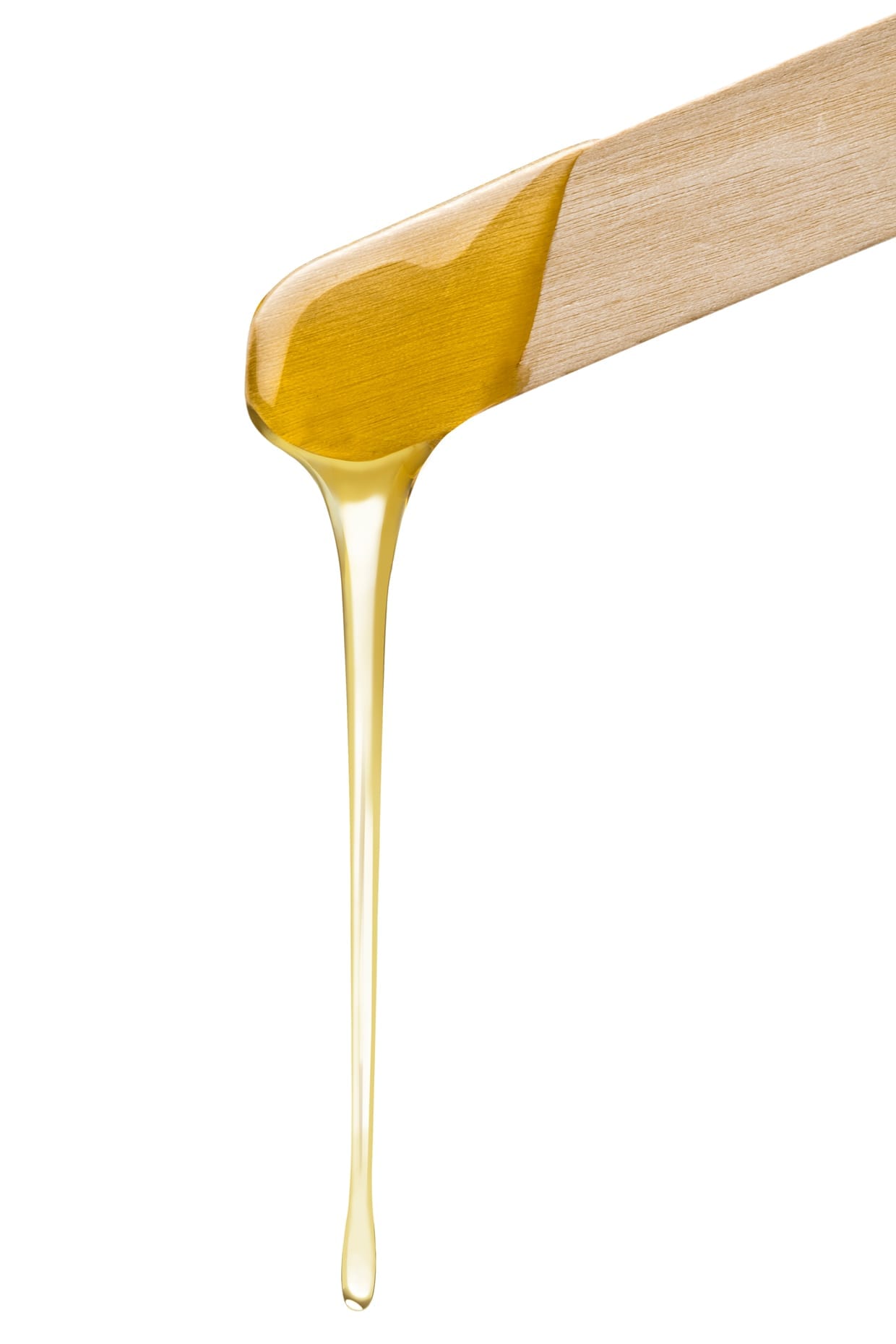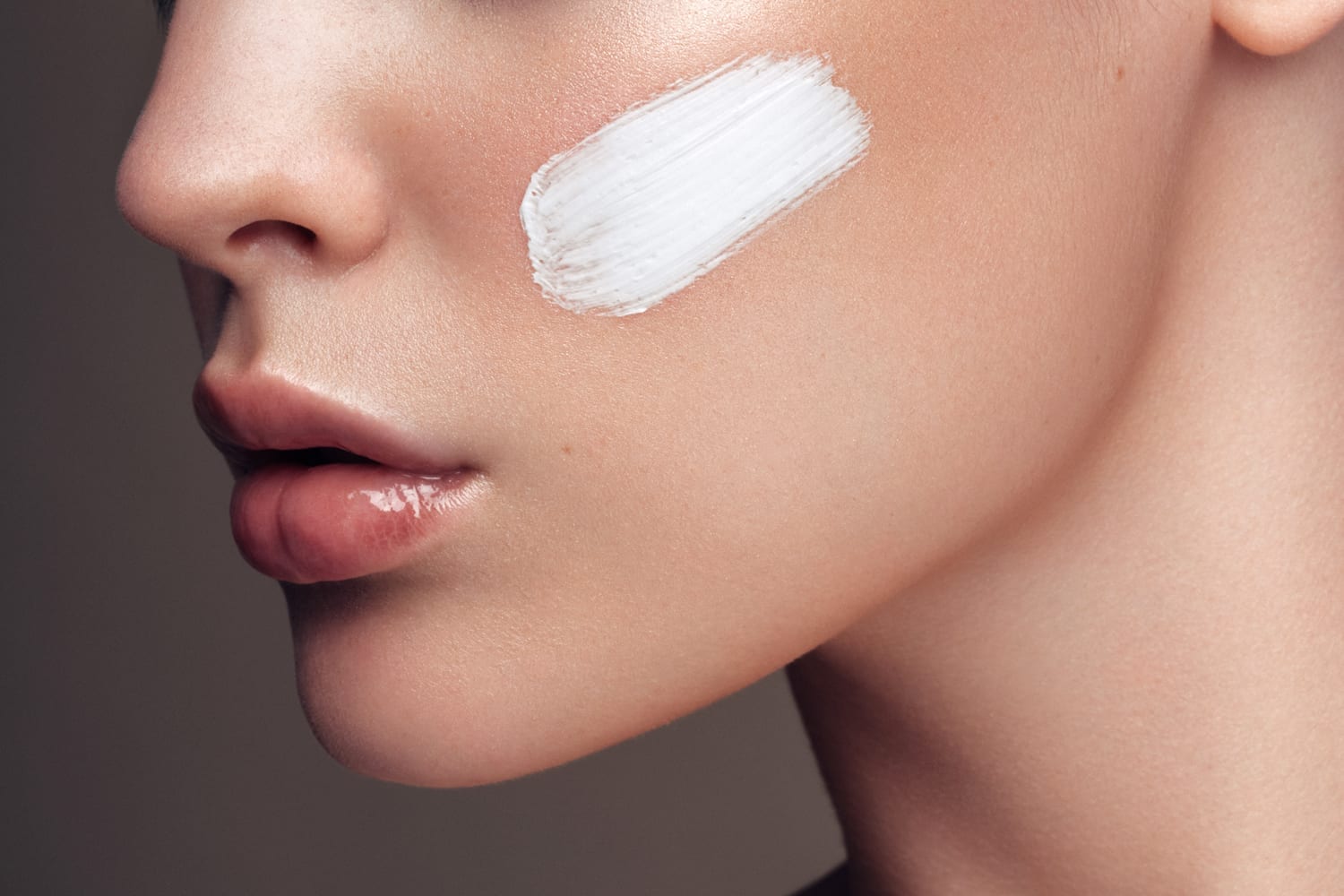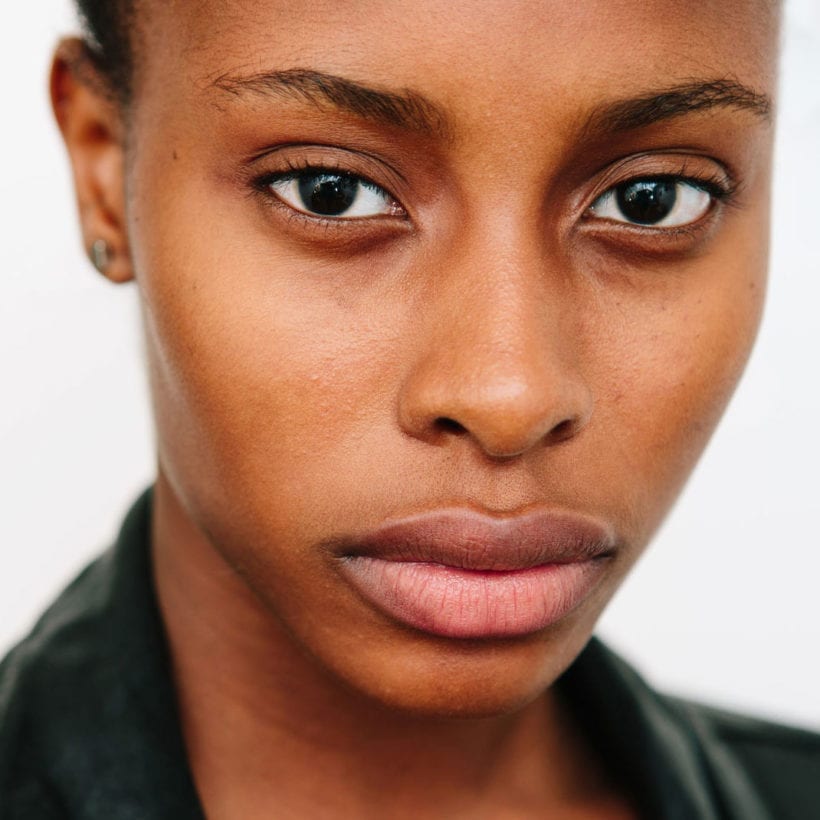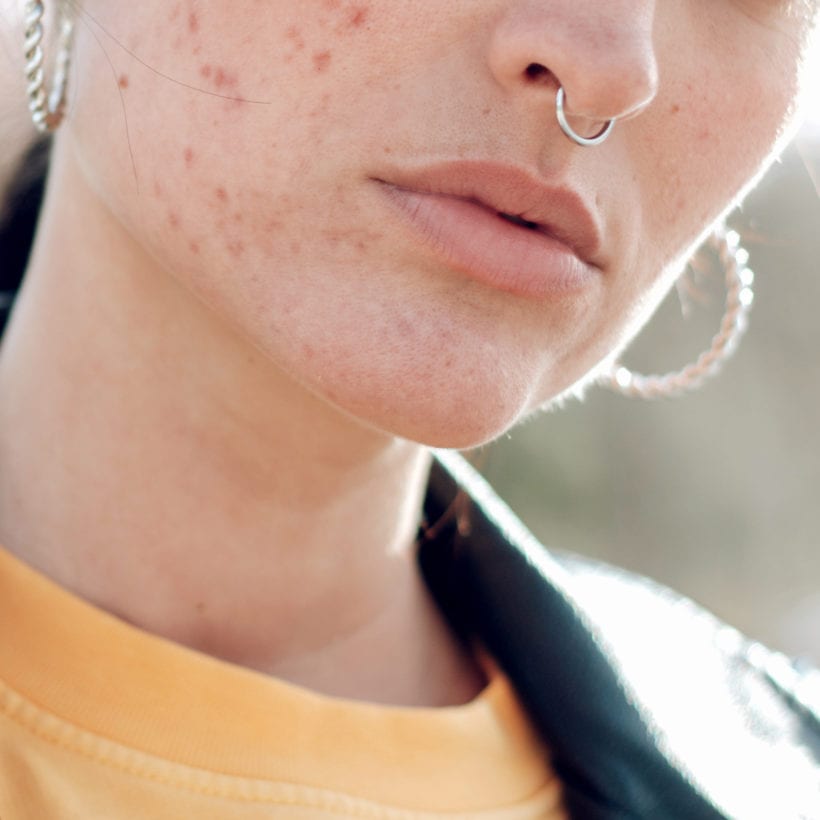Even if you did not — technically — “wake up like this,” you want to look as if you did, right? Glowing, supple, smooth and ageless pores is a lifelong quest for many women and one that is usually achieved with a smart concoction of treatments and products. From facials to serums and beyond, giving our skin as much TLC as we do other parts of our body ensures we retain elasticity and beauty over the years. However, plenty of trends come and go, enticing us to hop on and give it a try.
Recently, facial hair waxing and dermaplaning have become a topic of discussion among celebrities, influencers and the dermatologists who treat them. While in theory, no hair (other than our eyebrows, of course) would be ideal, how does it impact our skin? Here, trusted experts weigh in on the viral phenomenon:
What is facial hair waxing?
Past president of the New England Dermatological Society, Papri Sarkar, M.D., explains there are many methods of hair removal and waxing — applying a sticky substance on areas of facial hair, and then manually removing it by pulling quickly, and usually, in the opposite direction of hair growth is one of them.

Though waxing is not new, board-certified dermatologist Jeanette M. Black, M.D. credits advancements in photography and updated cell phones as a reason facial hair removal has become a thing. In other words: we all want radiant faces. “In an effort for perfect skin, there is no doubt that facial hair removal is becoming more popular. Darker, unwanted facial hairs have always been a concern for women, but now more than ever even the appearance of lighter hairs or ‘peach fuzz’ have become a concern,” Black says. She adds that even though it could seem a bit extreme, it is true that facial hairs can make the skin appear less smooth, and make-up looks more polished when applied to the skin without excess hair. After all, you may see unwanted hairs above your lip and on your chin, but forget there are small hairs everywhere, like on your cheeks or forehead! Like with any other part of your bod you wax, there are other ways to achieve this look, including shaving, sugaring and threading, among others, Black adds.
For smooth skin, Maren Brown, an aesthetician with Heather Rogers, M.D., at Modern Dermatology in Seattle, recommends dermaplaning or shaving, both of which she says provide a gentle exfoliation and improve product absorption with little risk. “If the hair is dark and coarse, I would go straight for laser hair reduction or electrolysis. Vellus hair is not coarse or dark enough to be effectively targeted by laser hair reduction.”
What does facial hair waxing do to our skin?
Though the goal is to rid of all of those pesky stray strands, it is important to remember what you are pulling them out of pores. Sarkar says when hair is pulled out of our skin with force, there is a bit of trauma to our face. This is especially true depending on what type of skin you have. “The wax, which is sticky, takes off the first few layers of dead skin cells with the wax and hair. If you have normal, intact skin that shouldn’t be a problem but if you have sensitive skin, dry skin or a compromised skin barrier, that can be a real issue,” she says.
In some serious cases, infection is a real possibility, according to Black. “It is also possible that the waxing formulation itself can contain fragrances and additives that may be problematic to sensitive skin,” she continues. “The act of pulling hairs out from the root can lead to inflammation in the skin and this inflammation could induce other complications such as rashes, acne and ingrown hairs.”
What does dermaplaning do to our skin?
https://www.instagram.com/p/Baw4kHFltX8/
Another form of deep-cleaning our skin is dermaplaning, according to Sarkar. In this method, you take a very sharp razor and drag it tangentially across facial skin to remove both hair and dead skin. “This works best for patients with peach fuzz, no active acne, those who don’t have hormonal imbalances and aren’t easily prone to inflammation,” she says. “In the right patient, dermaplaning will remove peach fuzz and mechanically exfoliate to reveal a smooth, even canvas of skin so makeup can be applied with fewer imperfections.” Though she says over time hair will grow back, and the superficial layer of dead skin will return, it can be a beneficial practice if you meet the candidate requirements above. “Because dermaplaning exfoliates the area treated, those areas may be more sensitive for one to two days after treatment,” she adds.
What does threading do to our skin?
https://www.instagram.com/p/BNw4CGsgx1f/
Another form of hair removal, threading is completed by twisting around any unwanted hair along the surface of the skin. This motion lifts the hair up and out of the follicle and tends to be a bit painful. “It’s essentially a faster way to pluck the hair,” Sarkar explains. “Because the thread twists along the surface of the skin in addition to removing hair, often threading can remove superficial dead skin cells or exfoliate in the area of treatment.” For those who want to tidy up their eyebrows or specific areas on their face, this is a smart solution, and Sarkar reminds those who give it a go that they will be a bit sensitive for a few days after.
So, should you wax?
https://www.instagram.com/p/Br0REN7n4Ey/
Though it is a common belief that hair grows back thicker and darker after you wax it, this is not always the case, according to the dermatologists. What impacts the texture and hue are due to your own genetic makeup and will vary person-to-person.
If they give you the seal of approval, here, a few strategies to exercise:
Only visit a trusted aesthetician
Sarkar says this is probably the most important requirement with facial hair removal since if you are in the wrong hands, the procedure could tear your skin, leading to pigmentary changes and scarring. A smart professional will ask you the right questions and walk you through the process, which usually involves a hard wax and is done within five to ten minutes. To pick the right match, inquire with your dermatologist who knows the best-of-the-best.
Before anything is applied, make sure you have an open discussion about your concerns and your current regimen. “Always tell your aesthetician what products you’re applying on your skin and medications you’re taking. It can make a difference in the product she or he uses and gives them clues if there are certain areas they need to avoid,” Sarkar says. For example, if you are using a potent serum, they might ask you to cut back before you come in. Or if you are using an exfoliator, they will ensure they do not dry out your skin.
Discontinue strong products
At least a week before you go in for your waxing appointment, Black recommends discontinuing the use of products that may sensitize the skin, including retinoids and acids, such as salicylic, lactic or glycolic acid. And if you are in the middle of a breakout, it is better to reschedule. If you are battling acne, have an active rash or infection, hair removal, in general, could make it that much worse, and potentially even painful because your skin is already inflamed.
Be diligent with sunscreen
Not so fun fact: Waxing increases your risk for hyperpigmentation, according to Brown. As she explains, any exposure to the sun could cause redness or sun damage, making sunscreen that much more important — which is the case year-round, even if you are currently skiing more than you are hanging out in the sun. SPF may sting a bit right after hair removal, so consider sticking indoors the day after until you have had time to heal.
Avoid working out after your hair removal
CEO of Uni K Wax, Noemi Grupenmager, says our pores are delicate after facial waxing. This means we should be extra diligent with what we apply to our skin, along with any activity we do post-treatment — intense cardio and hearty makeup products may cause irritation. It is best to book a time for later in the day so you can return to your home and recover overnight.
Know the risks before signing up — and consider alternatives
Brown does not recommend facial hair waxing because she has seen too many adverse reactions. It is important to keep these in mind and understand how your pores could respond to this treatment before you decide to move forward. In addition to wax accidentally dripping into a place you do not want it to — like say, your eyelash — the condition of your skin could impact your experience, too. “Waxing increases skin sensitivity and makes it tough to be consistent with a results-based skincare regimen. Antioxidants, chemical exfoliants and retinoids are the core foundation for a corrective and preventive regimen,” she says. “But they are all a contraindication pre/post waxing.”
It is always advised to talk to your trusted dermatologist to find the best facial hair removal methods for your skin. No two faces are alike so it is important to consider your skin’s unique needs before pursuing any new beauty treatments.
We only recommend products we have independently researched, tested, and loved. If you purchase a product found through our links, Sunday Edit may earn an affiliate commission.







